IDIOM WINE ECO-SAFARI DRIVE
Embark on an unforgettable adventure at Idiom Wine farm, where you can experience a captivating safari drive amidst our vineyards, natural fynbos, and encounter majestic game animals in the eco reserve, in Somerset West at foot of the Helderberg mountains. Book your safari drive today and immerse yourself in the beauty of our wine farm, where nature, vineyards, and wildlife converge to create a truly magical experience.
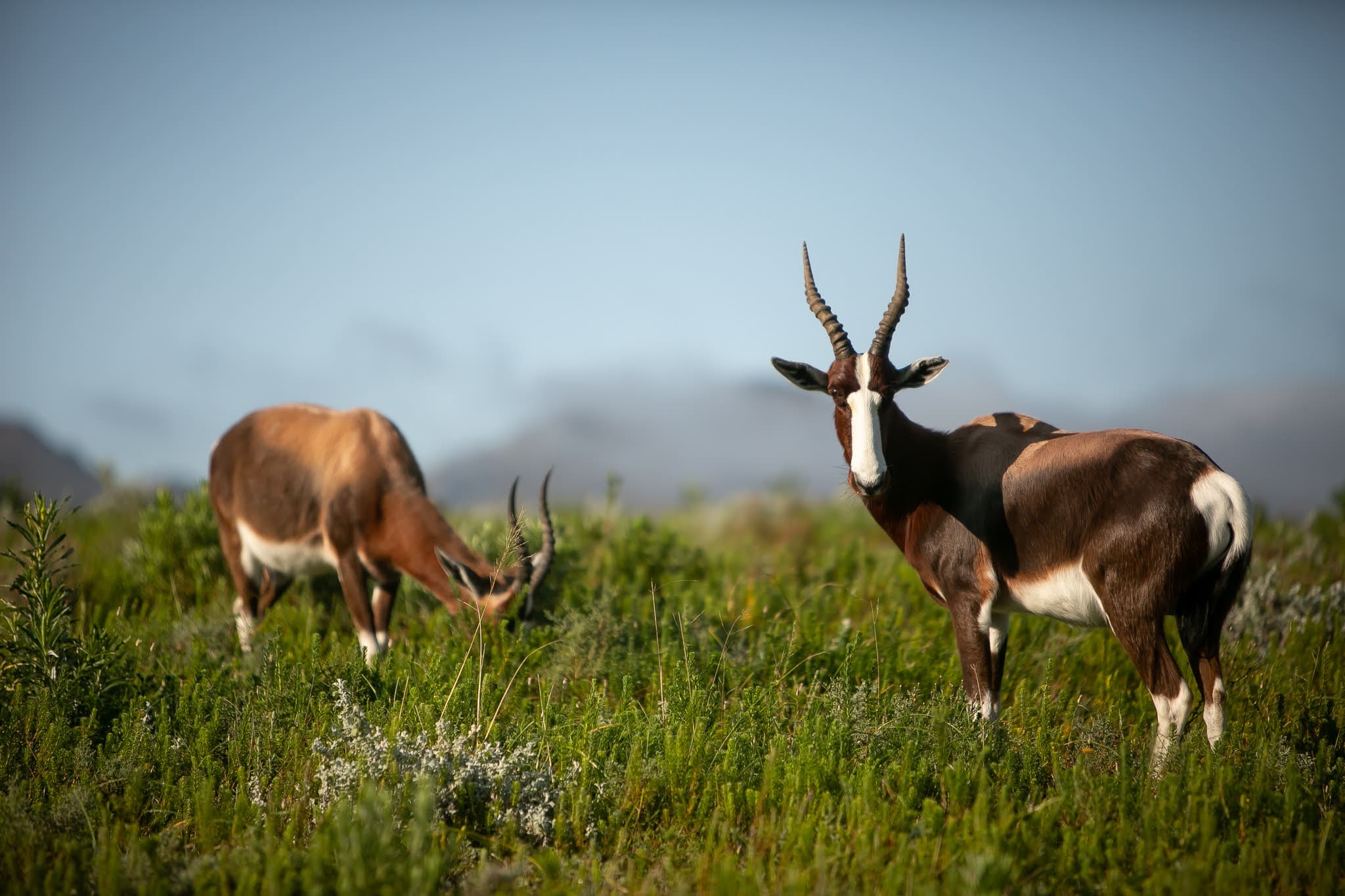
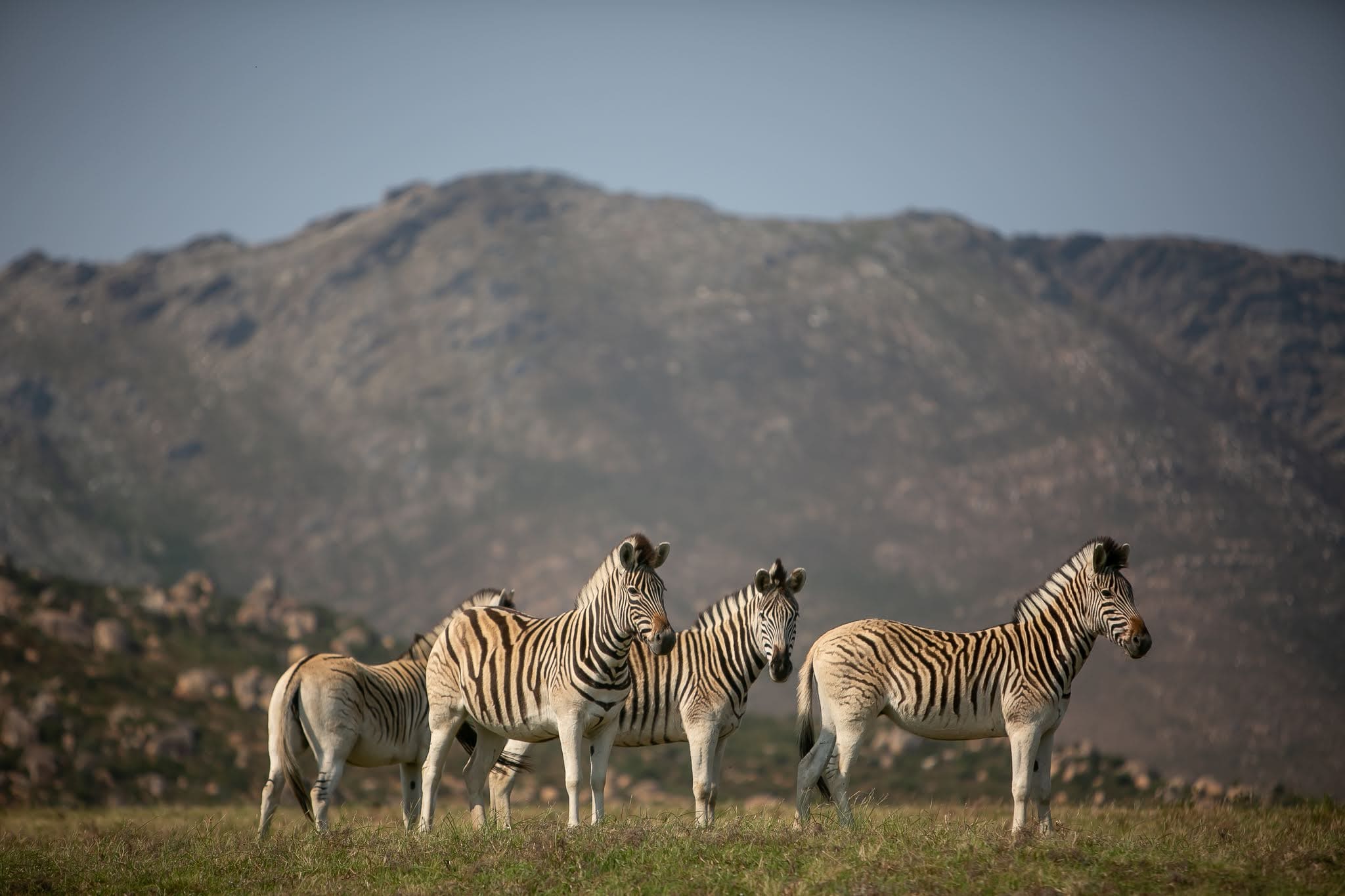
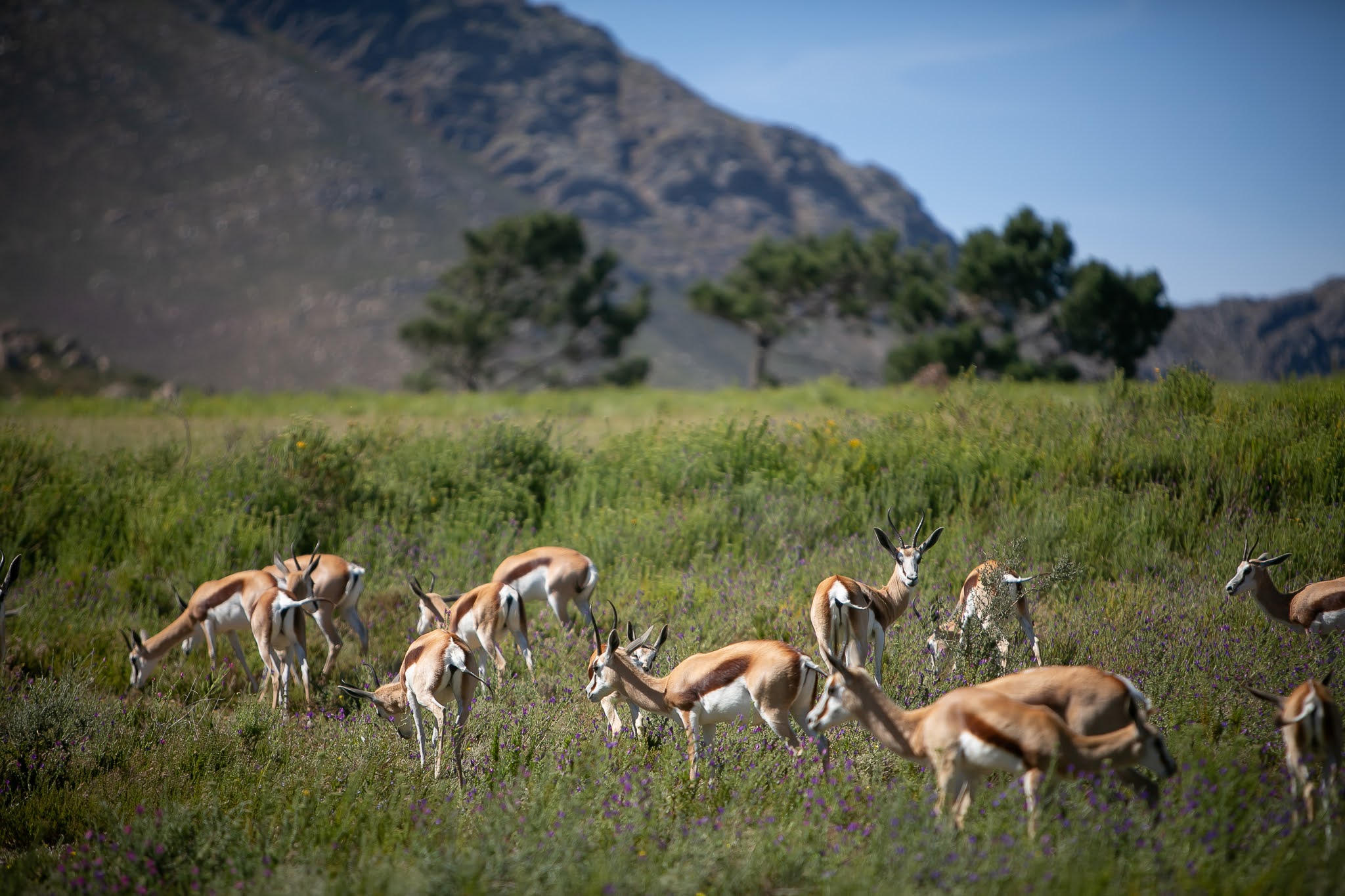

In our eco reserve, encounter indigenous wildlife such as Zebra (Quagga), Springbok, Bontebok, and Blue Wildebeest roaming freely in their natural habitat, adding a touch of wilderness to our farm adventure.
OPTION 1:
ECO-Safari drive only
This package includes the Idiom Safari Drive only. You can choose to enjoy a lunch or wine tasting at the Idiom Restaurant afterwards.
-
- Daily Departure: 11:00 AM
- Duration: Maximum 2 hours
- Capacity: Up to 10 guests
(2 pax minimum) - A shared drive. Private drives available, please enquire directly.
- The price is per person.
- Prior booking required.
option 2:
SAFARI drive &
3-Course lunch
This safari experience includes the Idiom Safari Drive and a 3-course gourmet lunch at the Idiom Restaurant.
-
- Daily Departure: 11:00 AM
- Duration: 2 hour drive & 2 hour lunch
- Capacity: Up to 10 guests
(2 pax minimum) - A shared drive. Private drives available, please enquire directly.
- The price is per person.
- Prior booking required.
option 3:
SAFARI drive & fynbos INSPIRED lunch
The VIP experience – includes the Idiom Safari Drive and Fynbos inspired lunch with paired wines. Indulge in a delightful 4 course menu at the Idiom Restaurant which will include paired Idiom wines.
-
- Daily Departure: 11:00 AM
- Duration: 2 hour drive & 2 hour lunch
- Capacity: Up to 10 guests
(2 pax minimum) - A shared drive. Private drives available, please enquire directly.
- The price is per person.
- Prior booking required.
FAUNA & FLORA AT THE IDIOM ECO-RESERVE
Below are a few examples of what you may encounter on your journey.
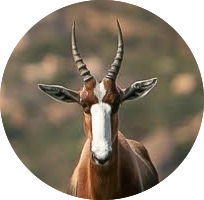
BONTEBOK
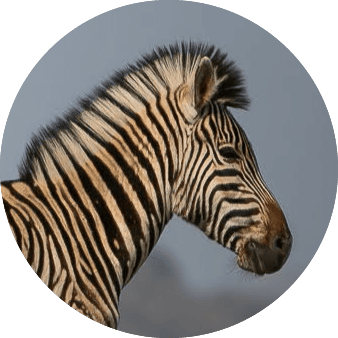
ZEBRA
The Plains Zebra (Equus quagga), also known as the common zebra or Burchell’s zebra, is a species of zebra native to the grasslands, savannas, and shrublands of eastern and southern Africa.
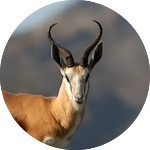
springbok
The springbok, a graceful antelope, is known for its remarkable speed, agility, and distinctive leaping display, symbolising the vibrant wildlife of South Africa’s semi-arid regions.
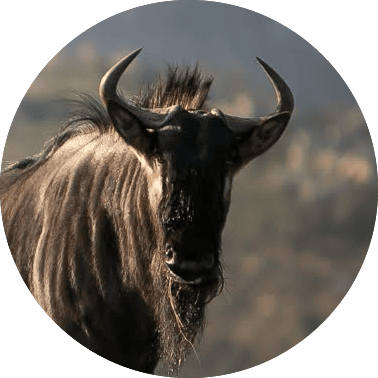
wildebeest
The Blue Wildebeest, also known as the brindled gnu, is known for its spectacular migrations, where large herds move in search of fresh grazing, showcasing one of the most dramatic wildlife phenomena.

agama lizard
The Southern Rock Agama is a species of lizard from the Agamidae family, that occurs in South Africa. It lives in small colonies on rocky outcrops, and the males are very conspicuous for their bright blue heads.
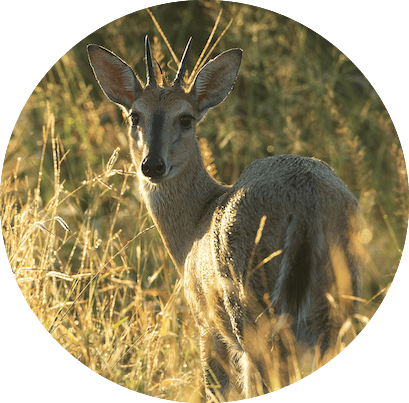
DUIKER
The Common Duiker derives its name from the Afrikaans word duiker, meaning “to dive,” reflecting its tendency to dart into bushes when faced with danger. These antelope can survive without direct access to water, feeding on leaves, fruits, and seeds.
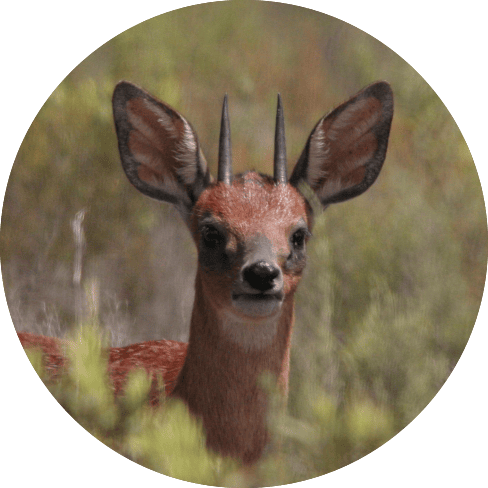
CAPE GRYSBOK
The Cape Grysbok (Raphicerus melanotis) is a small, shy antelope native to the southwestern regions of South Africa, Due to its secretive nature and excellent camouflage, the Cape Grysbok is rarely seen in the wild.
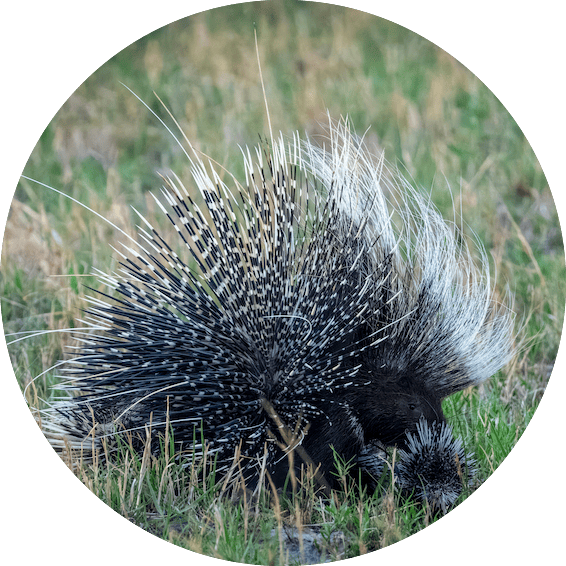
porcupine
The Cape porcupine (Hystrix africaeaustralis) is the largest rodent in Africa, found throughout southern Africa. It has a distinctive coat of long, sharp quills that it raises when threatened, making it a formidable animal to predators.
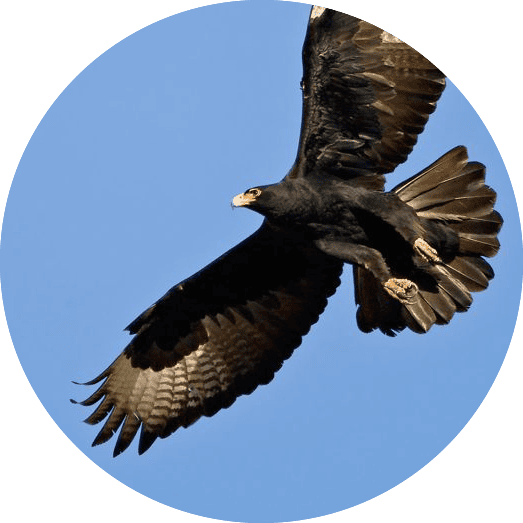
BLACK EAGLE
The Verreaux’s eagle, also known as the black eagle, is a large bird of prey native to the mountainous regions of Africa. It is easily recognised by its dark plumage, striking white “V” pattern on its back, and broad wings.

SUNBIRD
The Malachite Sunbird is a small nectarivorous bird found from the highlands of Ethiopia southwards to South Africa. These sunbirds feed primarily on nectar from flowers, making them important pollinators, though they also consume insects.
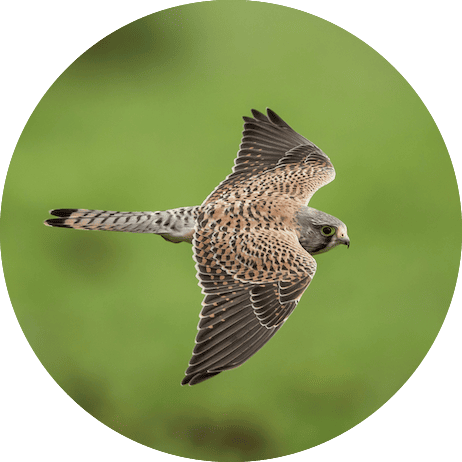
ROCK KESTREL
The Rock Kestrel is a medium-sized bird of prey found throughout southern Africa. Often seen hovering above open landscapes, it hunts small mammals, insects, and birds. Its plumage is a blend of rufous and grey, with distinctive dark streaks.

SUNBIRD
The orange-breasted sunbird is a species of small, predominantly nectar-feeding bird that is endemic to the fynbos shrubland biome of southwestern South Africa, where they feed mostly on the nectar of Erica and Protea flowers.
